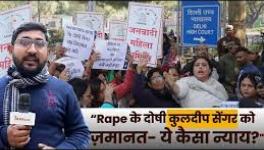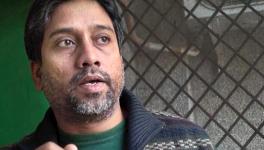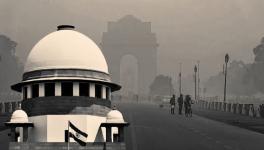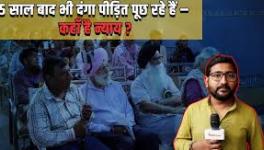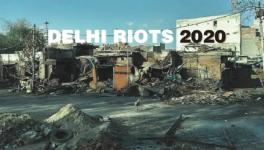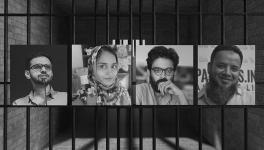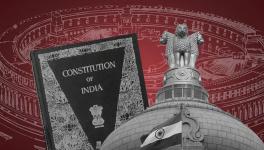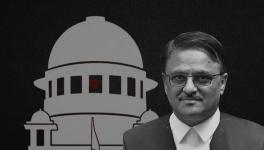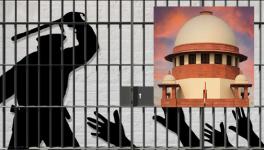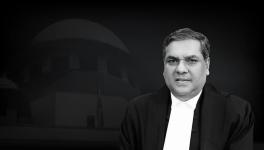Subverted Institutions and Partisanship at Heart of Delhi Riots
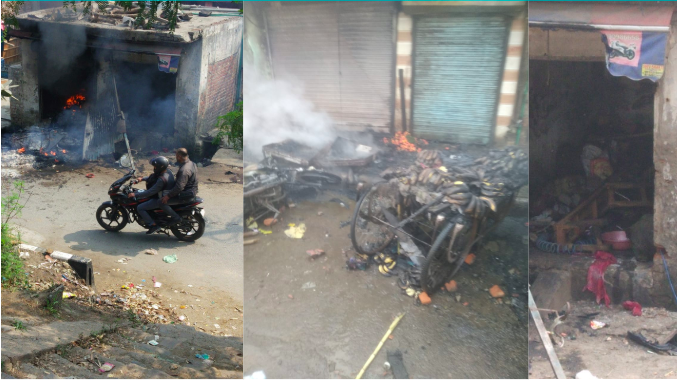
The riots in Delhi, perhaps the worst since the massacre of Sikhs in the Capital in 1984, have been temporarily contained, after four days of mayhem. But the ceasefire is fragile and neither the words ‘peace’ nor normality could be justifiably applied to the areas ravaged by the riots.
It took the extraordinary measure of sending National Security Advisor Ajit Doval to the affected areas twice in the space of around 12 hours—in the early hours of Wednesday and later in the afternoon—to restore the barest modicum of confidence in the Delhi Police and a semblance of peace.
On the Delhi Police’s incompetence and partiality the jury is absolutely in and the verdict delivered emphatically. Take incompetence. It has been reported widely that six alerts had been sent on Sunday to the north-West district setup of the capital’s police force by its own Special Branch and intelligence wing to step up deployment and preparedness to meet a possible threat after Bharatiya Janata Party (BJP) leader Kapil Mishra’s call for a gathering to oppose people protesting against the Citizenship (Amendment) Act (CAA), 2019 and the National Register of Citizens.
All these seemed not to have been taken seriously. Mishra went to Jafrabad, the area that became the epicentre of the violence and where anti-CAA protestors had been occupying a road, peacefully. Mishra had given the police an ultimatum of three days, until such time as US President Donald Trump left the country, to remove the protestors, failing which he and his supporters would do it. As it happened, violence broke out soon after Mishra left the area, having vitiated the atmosphere as far as he could. The Delhi Police was caught rocking on its heels and failed to contain the spiralling violence.
As far as partiality goes, there is no dearth of reportage detailing the police’s encouragement of rioters from the majority community and, in some instances, their participation in the attacks.
On Wednesday, both the Supreme Court and the Delhi High Court had distinctly unflattering things to say about both the police specifically and the administration in general. A Supreme Course bench consisting of Justices Sanjay Kaul and KM Joseph that was hearing petitions seeking the removal of anti-CAA protestors from Shaheen Bagh postponed the matter to 23 March, because the situation was not conducive to taking a decision. It also refused to an application seeking action against those responsible for the violence. Justice Joseph was categorical: “The problem is that there is a lack of independence and professionalism in the police force,” he said, ignoring Solicitor-general Tushar Mehta’s argument that no observations of such nature should be passed because it would demoralise the police.
Justice Joseph went on to say that if the police had acted before, “this situation would not have arisen”. “Unless you get the police to act, things won’t improve.” He went on to say, “Look at how police acts in the UK.” And asked, a touch rhetorically, “They don’t need to wait for somebody’s nod… If somebody makes an inflammatory remark, the police swings into action.”
There can be little doubt about the context of the last comment.
If this was not damning enough for the Delhi Police and its masters, the Union government, a bench of the Delhi High Court passed similar comments. The bench, consisting of Justices S Muralidhar and Talwant Singh said it was “amazed” and “anguished” that the Delhi Police had failed to file FIRs against politicians accused of delivering incendiary speeches—Mishra, BJP MP Parvesh Verma and Union Minister of State for Finance Anurag Singh Thakur. After recordings of the speeches were played in court, the bench observed they appeared to be “hate” speeches. When Mehta, appearing for the police, said FIRs would be filed at an appropriate time, the bench asked, “What is an appropriate stage? When the whole city has burned down? How many more lives have to be lost before action is taken?”
The bench went on to talk about “consequences”. “Has the police commissioner seen these videos? If you don’t have an FIR, how are you going to proceed? These speeches have given way to more speeches,” the bench said. The “more speeches” bit referred to an allegedly provocative speech later delivered by Delhi BJP MLA from Laxmi Nagar and the party’s vice president in the city, Abhay Verma.
There is a reason for quoting all these observations in detail. Put simply they point to some of the salient reasons for the riots happening. First, pressure from the political administration on the police to force the Delhi Police to act in a completely partisan fashion and its inability to resist. This partisanship has congealed into an embarrassment in a democracy since the protests started escalating against the CAA. Let us remember Jamia Millia Islamia and Jawaharlal Nehru University all over again.
Second, at the highest levels of leadership in the Union government and the BJP, there is an eagerness to let loose rabble-rousers in the Sangh parivar to provoke and incite violence against minorities and dissenters. People like Thakur and Verma are rewarded for their illegal acts. In fact, the intemperate tone is set by the prime minister and home minister who, however, stop short of delivering speeches that can be conceived of as ‘hate’ speeches. Most of the time.
Third, the observations focus attention on the renewed attempts, ratcheted up since the BJP returned to power in 2019, to verbally and physically intimidate the minorities to replicate on a wide scale as possible the ‘Gujarat’ model of polarisation. This has become the BJP’s preferred road to power. It is undermining democracy, subverting institutions and shredding constitutional values to the extent that India does not look all that much of a democracy any more, largest or otherwise.
Typical of the Union government was its response to the philippic delivered by the High Court. It notified at its favoured time for “surgical strikes”—late at night—Justices Muralidhar’s transfer to the Punjab and Haryana High Court. The decision on the transfer had been taken before, though the Delhi High Court Bar Association had appealed to the collegium to reverse it. The transfer could have gone through in due course. Now it looks punitive.
There is a small postscript. After the stinging remarks delivered by the Delhi High Court bench on Wednesday, the case reverted to a bench headed by the Chief Justice of the court on Thursday, by which time the Delhi Police commissioner had been directed to take a “conscious decision” to register FIRs against politicians who make hate speeches. The chief justice’s bench gave the Police four weeks to respond, after Mehta reiterated that decisions would be taken at an appropriate time. But it also adjourned the case till 13 April, meaning that the Delhi Police has over six weeks to decide what it will do.
In the interim, one supposes, other BJP leaders will remain free to incite and provoke and make the political atmosphere even more toxically majoritarian. The ruling party, thus, has got more wiggle room to pursue its project of dismantling democracy.
The author is a freelance journalist and researcher. The views are personal.
Get the latest reports & analysis with people's perspective on Protests, movements & deep analytical videos, discussions of the current affairs in your Telegram app. Subscribe to NewsClick's Telegram channel & get Real-Time updates on stories, as they get published on our website.









